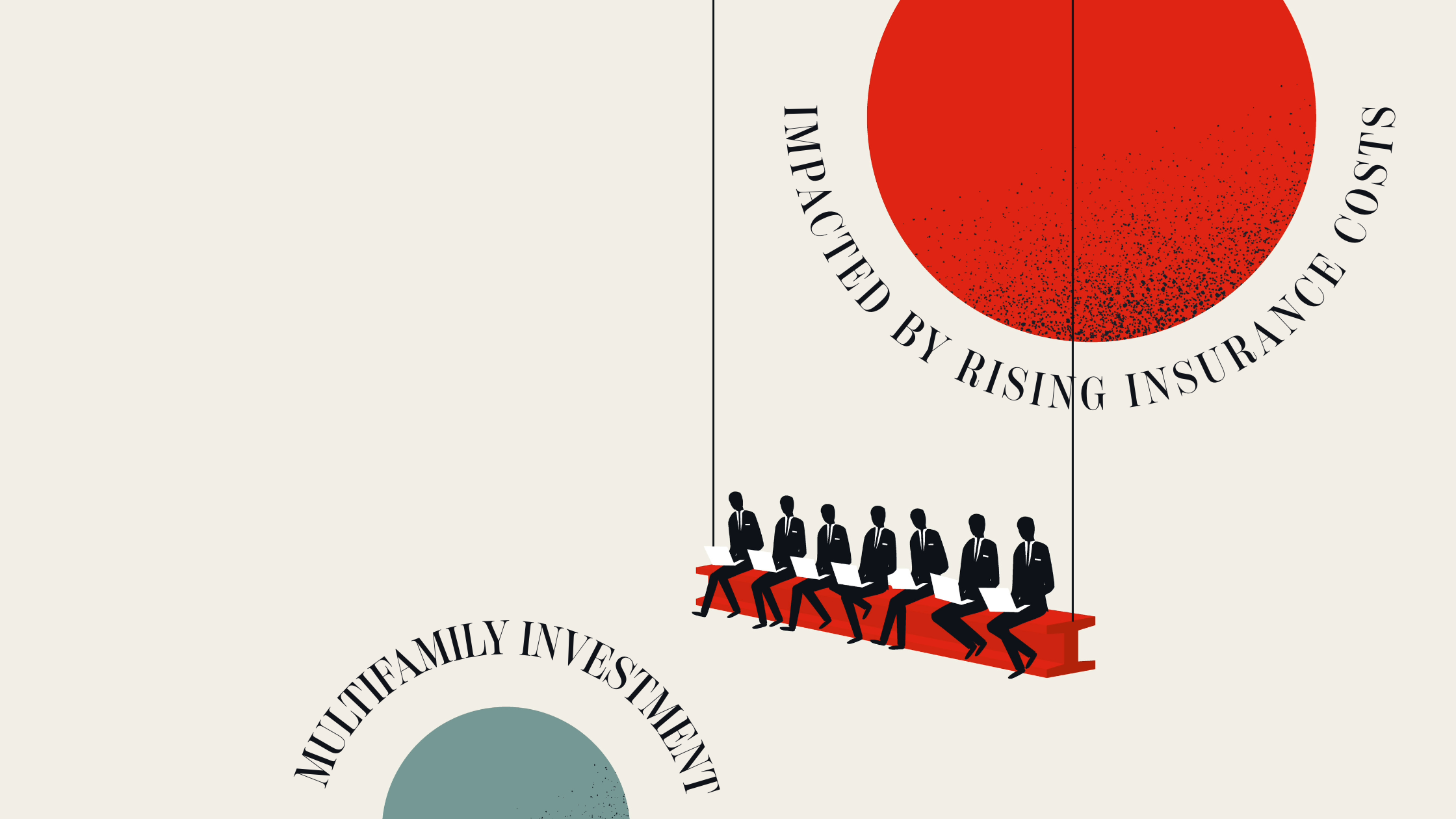The following contains excerpted portions from a CoStar Insight article written by Lisa McNatt of CoStar Analytics. The original piece can be found at https://product.costar.com/home/news/1233032138.
“Rising insurance costs are having a dramatic impact on existing operations as well as our construction projects…This is a situation that needs to be addressed at the state level, and quickly.” - Adam Wonus, Partner, Atrium Management Company
Florida's multifamily development sector has experienced a surge in growth and investment over the past three years, driven by the state's rapid population expansion. However, the escalating insurance costs are causing significant complications.
During this period, nearly 195,000 new units have been constructed, with an additional 133,600 currently under development throughout the state. Florida has also attracted substantial investment, with investors contributing a staggering $77.5 billion in sales up to September 2023, constituting approximately 13% of the entire national multifamily sales volume.
Estimates from the Census Bureau reveal that Florida's population expanded by more than 700,000 individuals, or 3.3%, between April 2020 and July 2022, significantly surpassing the national average. This population growth has bolstered demand for rental properties.
Nonetheless, challenges loom over both development and investment activities due to the influence of hurricanes and other natural disasters on the insurance market. This adverse impact is making it increasingly challenging to close deals successfully.
According to the "Hurricanes: State of the Risk" report by the Insurance Information Institute, the combination of coastal construction, rising property values, and increased replacement costs has heightened loss exposure. Florida has witnessed 16 severe storms and hurricanes since 2020, resulting in approximately $200 billion in damages, with $53 billion attributed to the effects of Hurricane Ian in 2022. Several insurance companies have gone insolvent during this period, while others have announced plans to either exit the state or mitigate their risk exposure.
Reinsurance rates in Florida have also surged, making it more costly for insurance providers to generate profits. Reports from the Orlando Business Journal indicate that the number of carriers with active commercial or residential policies in Florida has dwindled from 166 in 2015 to just 99 in the present year. Moreover, the Office of Insurance Regulation's 2022 annual report highlights that Florida property insurance hasn't yielded profits since 2016.
Citizens Insurance, the state's insurer of last resort, has seen a remarkable increase in policies, climbing by 175% over the past three years, soaring from 511,000 in September 2020 to over 1.4 million as of September 2023, as property owners who lost their coverage turned to the company.
The multifamily sector in Florida is significantly affected by these developments. Darron Kattan, managing director of Franklin Street, suggests that the current market conditions are the most challenging since 2005-2006 when an active hurricane season prompted many insurers to exit the market, reducing insurance capacity in the state. At that time, the market was performing well, and insurance had a smaller impact on property income and net operating income, causing less disruption to deal flow.
However, the current market contrasts sharply with the situation 18 years ago. Kattan explains that there's often insufficient capacity in the market to meet lender requirements for property insurance. While market rates have risen, the stipulated coverage amounts have also increased significantly. Kattan believes that even if rates decrease and construction costs go down, lenders are unlikely to reduce replacement cost requirements, leading to substantially higher insurance costs for units in the future.
Two years ago, the average insurance expense per unit was around $800, but it has now risen to approximately $2,000 per unit. This $1,200 difference per unit, when calculated at a 5.5% capitalization rate, translates to a loss in unit value of over $20,000. Considering an average unit value of $200,000, this represents a 10% decline in property value due to insurance expenses.
Moreover, the impact of rising insurance costs is more pronounced for older properties, as they have limited opportunities to increase rents to offset the additional expenses. Additionally, insuring wood-frame structures has become increasingly cost-prohibitive due to their heightened vulnerability to storm damage.
Adam Wonus, partner with Atrium Management Company in Orlando, weighed in on the issue from the perspective of both an owner and a developer.
“Rising insurance costs are having a dramatic impact on existing operations as well as our construction projects,” he said. “The over correction is egregious for most assets in the State of Florida. We have incurred blanket increases for assets inland that are neither at risk of flooding nor major hurricane damage. This is a situation that needs to be addressed at the state level, and quickly.”


